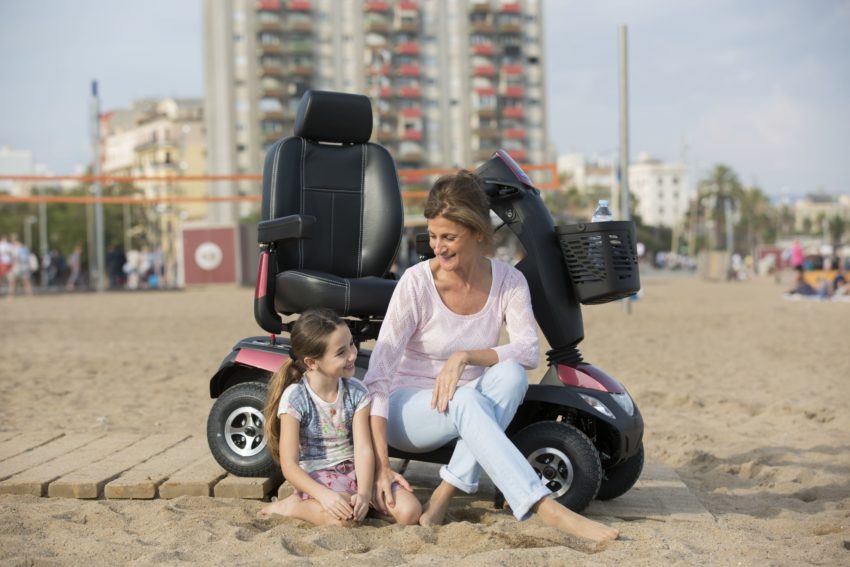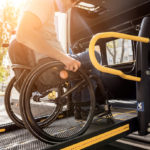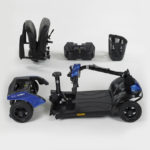Our top activities for disabled people

Finding accessible and inclusive tourist activities around Europe can prove quite a difficult search if you are disabled. Attractions promise access on their websites, only to disappoint once their disabled customer has arrived, and some aren’t quite there yet in adapting their offerings.
So, here is a small list of indoor and outdoor activities around Europe that disabled people can enjoy. Some are conventional, some less so! Either way, I hope you enjoy and that this hand-picked list fuels your desire for accessible adventure once more.
1. An accessible beach! Barcelona
As a city, Barcelona has to be one of the most accessible in the world. Buses are totally accessible, and the vast majority of underground metro stations are, too. Many attractions there are also hugely accessible for wheelchair users, including Sangrada Familia, Parc Guell and the cable car up to Montjuic, a mountain top with harbour views, a park and a castle! But it’s really Barcelona’s beach that sets it apart from other cities. Boasting wheelchair accessible walkways to the water, a lifting hoist for wheelchair users, adapted changing facilities and even an assistance programme where lifeguards support disabled visitors to get into the water and enjoy their swim, Barcelona really is a city not to be missed if you are looking to enjoy beach and city life in one!
2. Jewish Museum, Berlin
Not only is this museum one of Berlin’s many attractions that everyone should experience at least once in their lifetime to gain a better understanding of history and how we should think in the future, Berlin’s Jewish Museum is also totally wheelchair accessible, and offers a 50% discount to disabled visitors. Wheelchairs can be hired here, there’s a fully accessible bathroom, and accessible guided tours on offer.
3. Coasteering in Pembrokeshire, Wales
If you’re a water baby at heart, this next one might just be for you. Coasteering, in the most basic sense, involves getting into the water, finding awesome things like rock surfaces, slides and currents that nature has created, and getting involved with them, whether that be jumping off a ledge from a height of 20ft and crashing into the water face-first, giving your backside a good exercise as it slides down a pretty vertical rock-face to plunge you straight under or facing the current of a small naturally-formed pool.
Celtic Quest Coasteering in Pembrokeshire has won numerous awards, including recognition for their dedication to making coasteering as inclusive and accessible as possible. Their staff are trained in disability awareness, and not afraid to get involved when needed, helping their customers to swim, climb and jump (and providing buoyancy aids and carrying customers who are unable to swim long distances on their backs). Don’t get me wrong, coasteering isn’t for you if you don’t get on with water and struggle to feel confident in it. For those of us who are disabled, I’d be lying if I said that it is 100% accessible for everyone; it is hard work and you have to put your trust in others, whilst accepting that you’re going to be chucked around by the water and ache for a few days after. But is it worth it? Absolutely!
So there you have it, a guide to our top attractions and activities for disabled people. I hope this was helpful, and happy adventuring!







